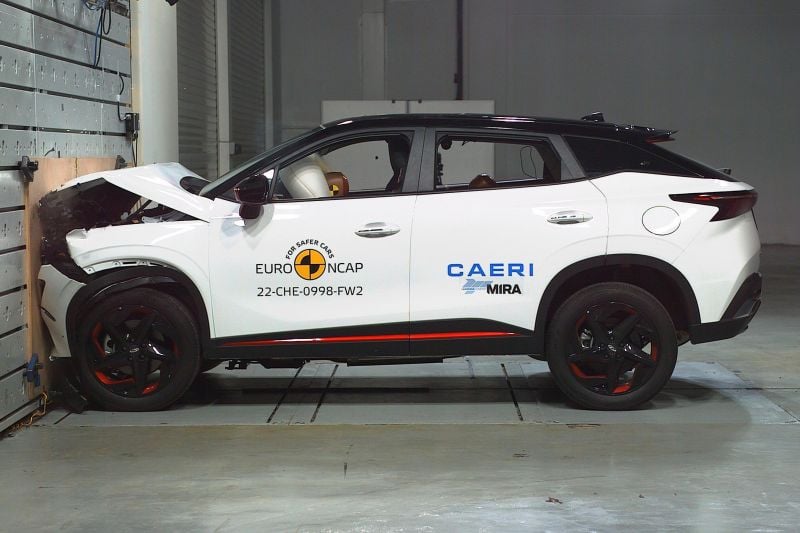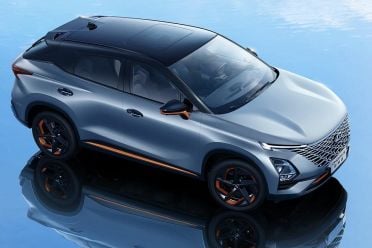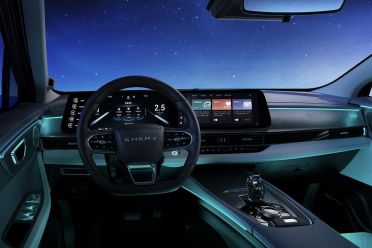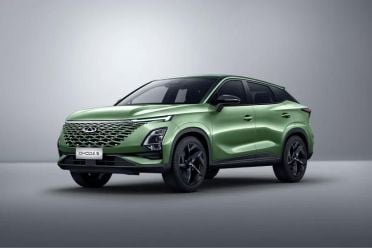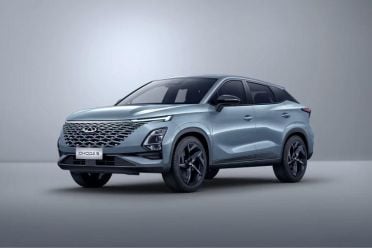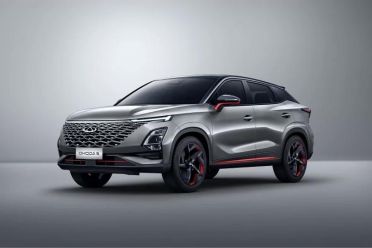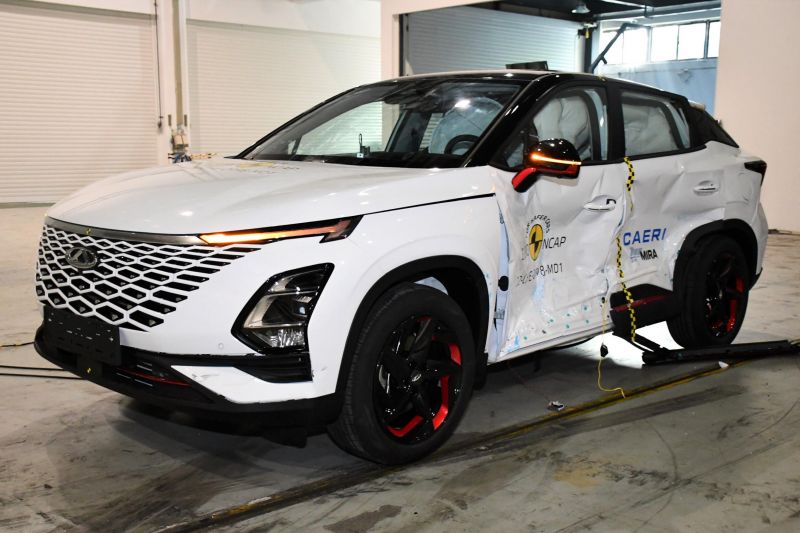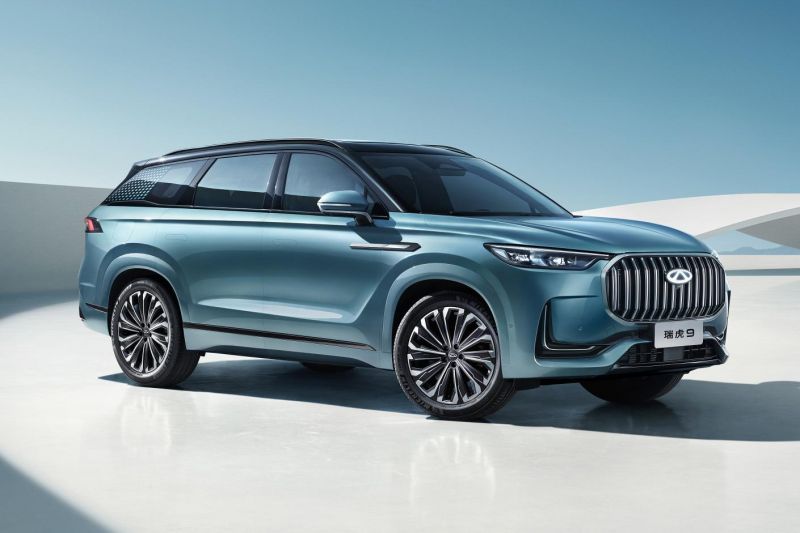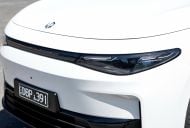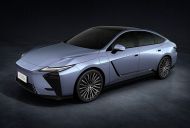Incoming – or returning – Chinese car brand, Chery, says customers can feel free to look back at the brand’s heritage, but insists it is an entirely different entity today.
For the unaware, Chery was first launched in Australia in 2011 by independent importer, Ateco Automotive. Under that stewardship, the company offered the J3 hatchback, J11 compact SUV, and J1 city car, which at the time was the nation’s most affordable car at $9990 drive-away.
The brand didn’t last, however, withdrawing in 2015 after a number of hard-to-stomach safety ratings and a recall for asbestos-related parts.
But the ‘new’ Chery is seemingly looking to – to borrow a phrase I coined in a recent story – Men In Black the memories of the existing brand with a barrage of new, higher-tech, and demonstrably safer products.
Chery Australia marketing director James Curtis says that people are free to consider where the brand was, and where it will be when it launches, and offered some interesting contextual consideration.
“They can, but I also challenge them to compare it to a Hyundai of old as well,” he said, pointing to the heritage of the South Korean brand.
Its history is a bit longer, and arguably less scandal-plagued, but there was arguably a widespread negative connotation attached to the brand in its early days due to some question marks over quality.
“Our cars are cars built for 2023 and beyond. The Omoda 5 is a brand-new product, so this is not a product that exists anywhere else in the market. We’re not bringing in a recycled product. We’re bringing in a brand new car with the latest technology and safety features, and a car that is agnostic in terms of its powertrain,” said Mr Curtis. “That’s a really important part of our strategy.”
The Omoda 5 will be the first model sold in Australia under the new Chery business structure, which is a wholly owned subsidiary; meaning Chery itself is in control of the destiny of the brand locally, not a third-party operator with their interests in mind.
“Omoda 5 is our launch vehicle, it’s a small SUV – or what you’d definitely call a ‘crossover’. The few images that we’ve released so far – you can visit our website which has the vehicle in seven different colours. It has a really nice design language, very aggressive design,” he said.
“It will stand out on the road… the colours are quite distinctively different from dark to light, and that enables people to personalise the car to suit their needs,” he said, noting the recent story published on CarExpert and the fact the car caught the eye of a reader on a Sydney motorway.
That vehicle spotted in Sydney, it is believed, was undergoing evaluation for local tuning of the advanced safety systems, and Mr Curtis said that while having the tech is one thing, making sure it works well for the consumer is another consideration altogether.
There may well be other changes to the car to make it suit Australian drivers’ specific tastes and preferences – another hat tip to the South Korean brands, there, as Kia and Hyundai both made it a key development consideration for new models that they be tweaked for Oz, too – but Mr Curtis wouldn’t be drawn to comment on the specifics.
“We’ve actually had a prototype here in Australia, driving around, since I think about June for this very reason; to make sure that the vehicle has been calibrated to the local market. I can’t say specifically what has been modified or changed – but this is a fundamental part of the development process we go through to ensure that our products are right for the market.
“That’s one of the key things as cars get more advanced, we need to make sure those advanced features work in a practical environment. We’re spending a lot of effort calibrating things such as blind-spot monitoring, lane-keep assist features; anything to do with cameras and sensors to ensure that the Australian road conditions, and the vehicles we offer, work in the way they’re intended to,” he said.
Mr Curtis also said that having the benchmark standard safety rating – the Omoda 5 was awarded a five-star Euro NCAP rating in December 2022 – will be an important consideration for potential customers.
Further, Mr Curtis stated that the brand intends to offer an industry leading warranty plan, calling out the seven-year warranty offered by Kia, MG, SsangYong and GWM Haval models as, essentially, needing to be beaten by Chery in the minds of consumers.
“We’re aiming to be the best in the market – that’s where we’re benchmarking against,” he said. “It has to be at least seven [years of warranty] – you look at the competitors, it has to be at least seven.”
For context, when Chery launched originally, it had a then-industry-standard three-year/100,000km warranty plan.
MORE: ‘Seven years warranty isn’t enough!’ – Chery aiming for industry leading cover





